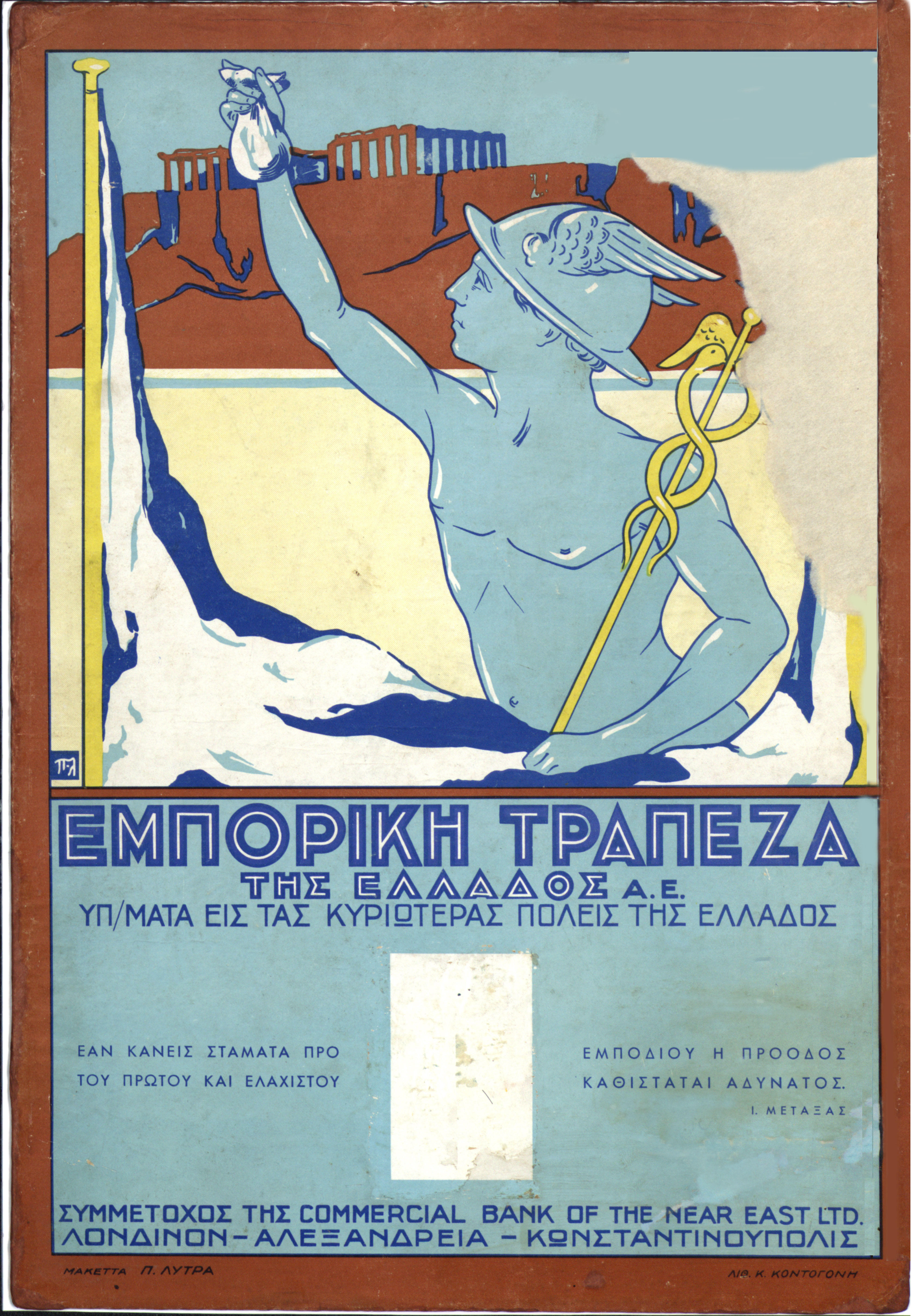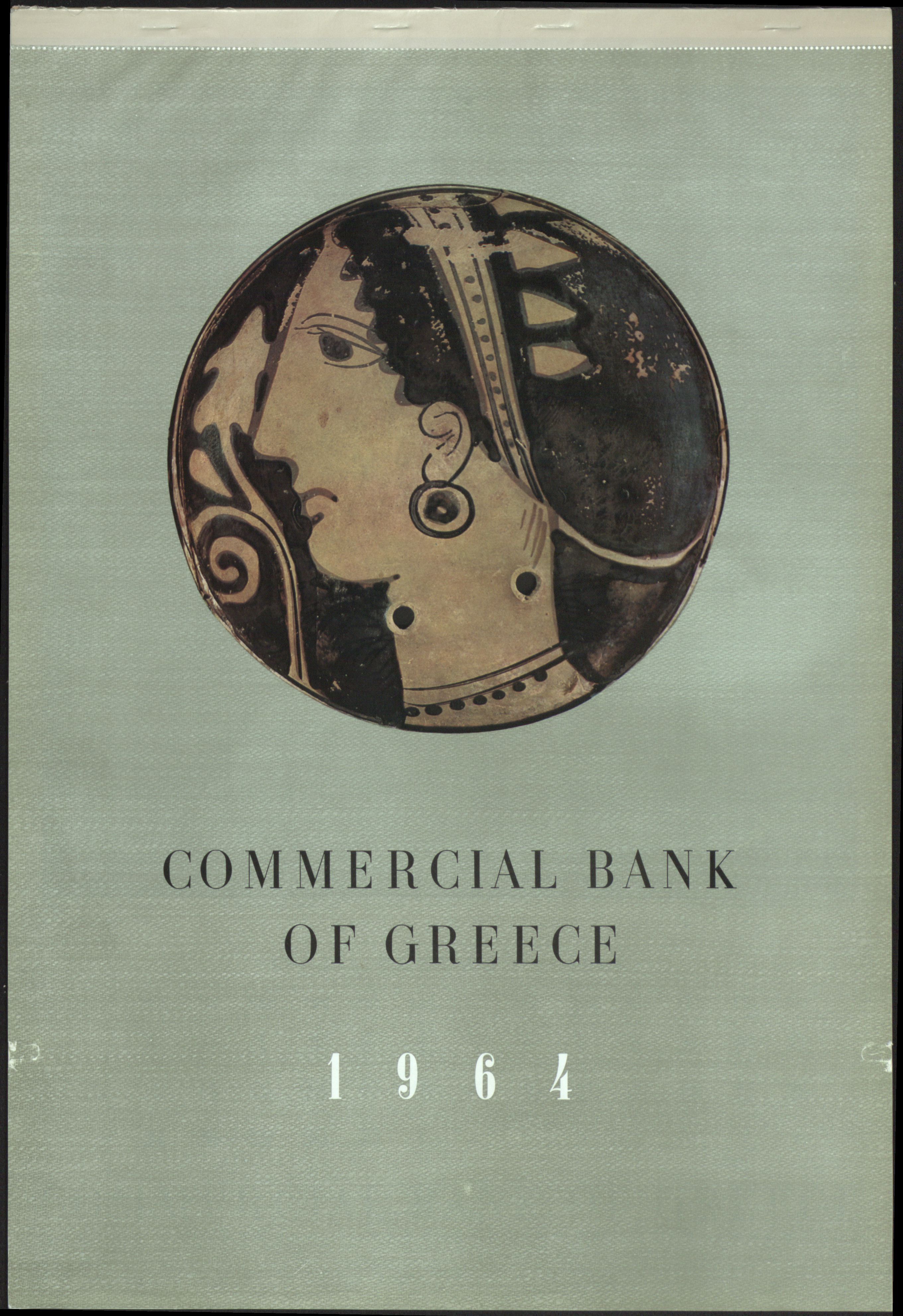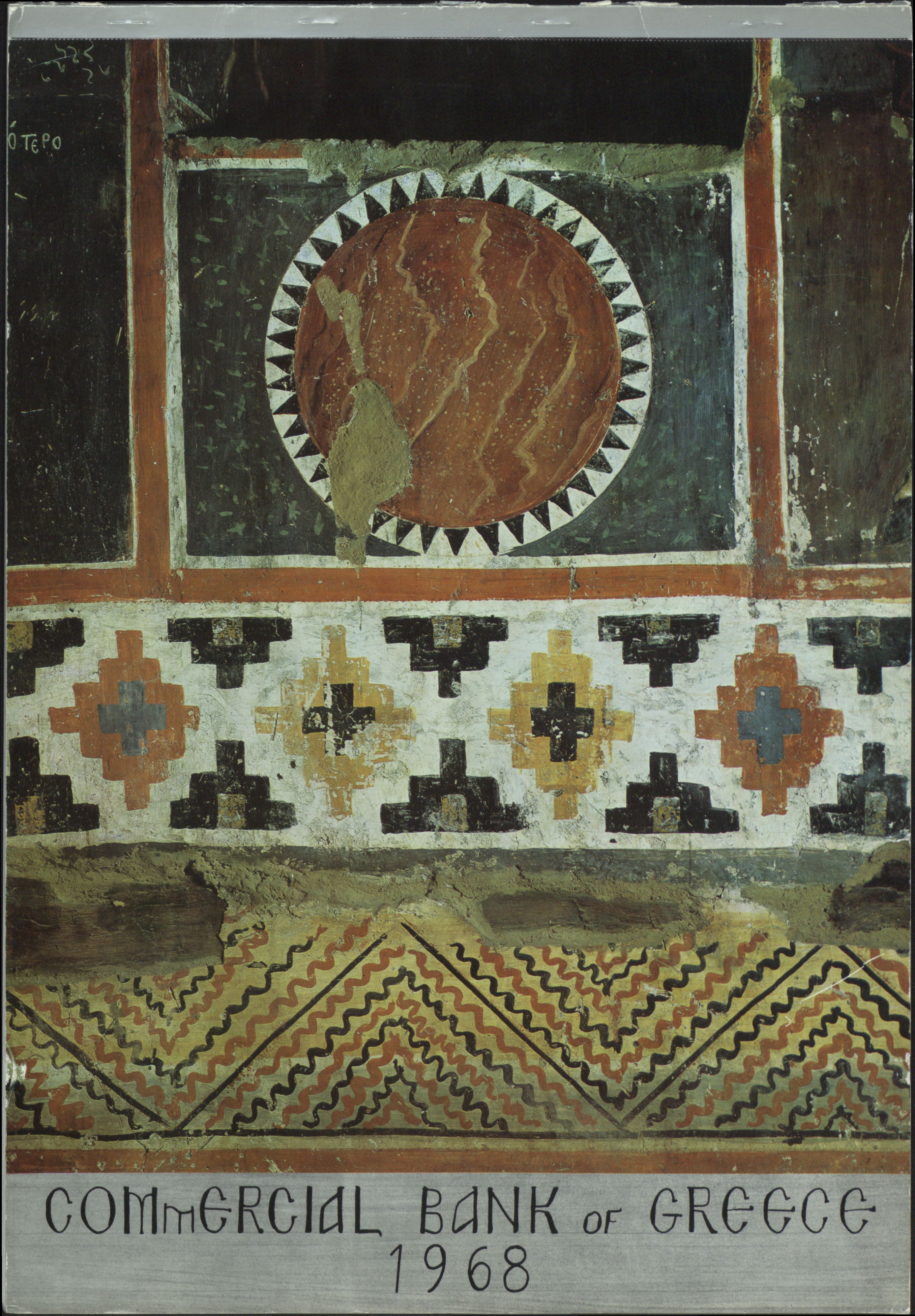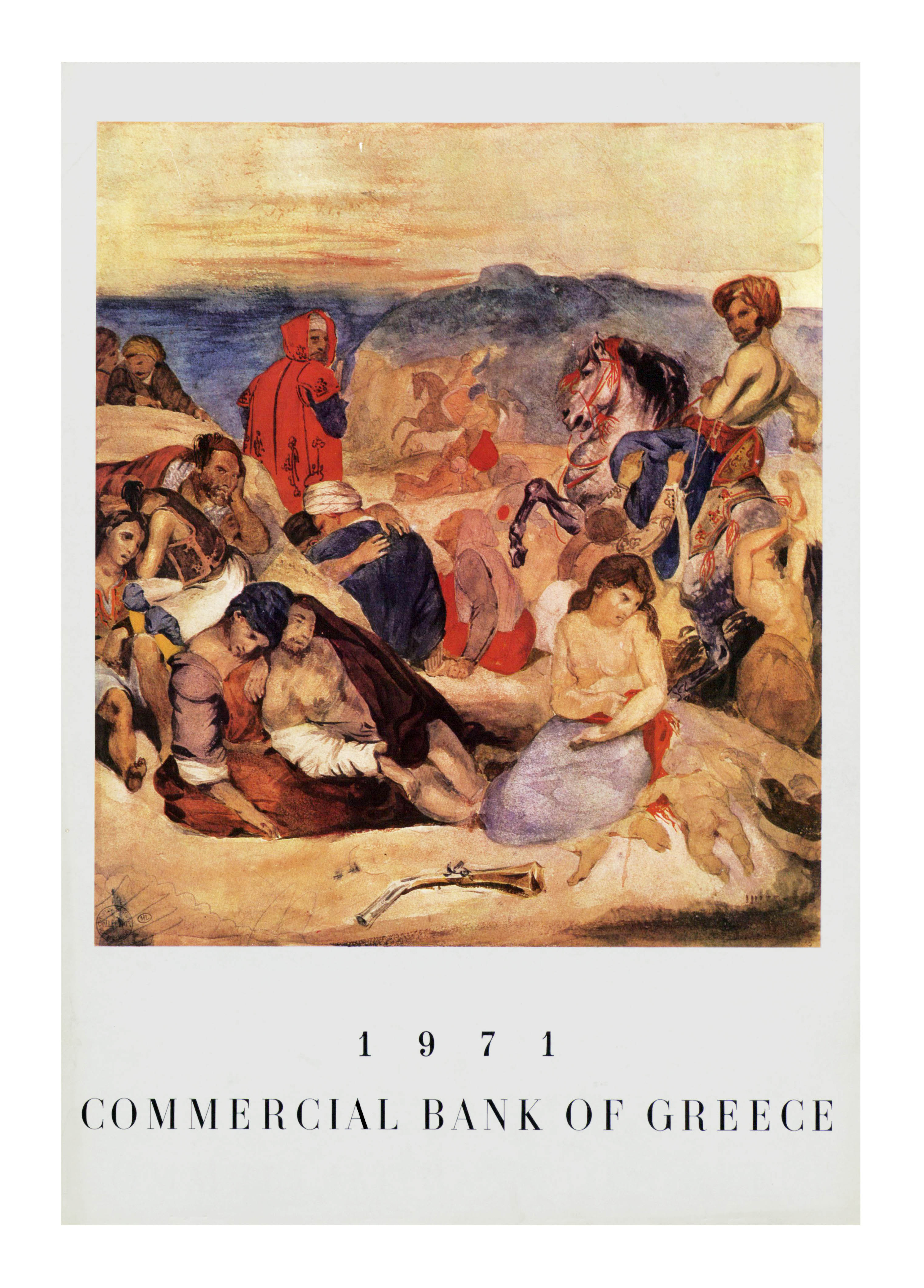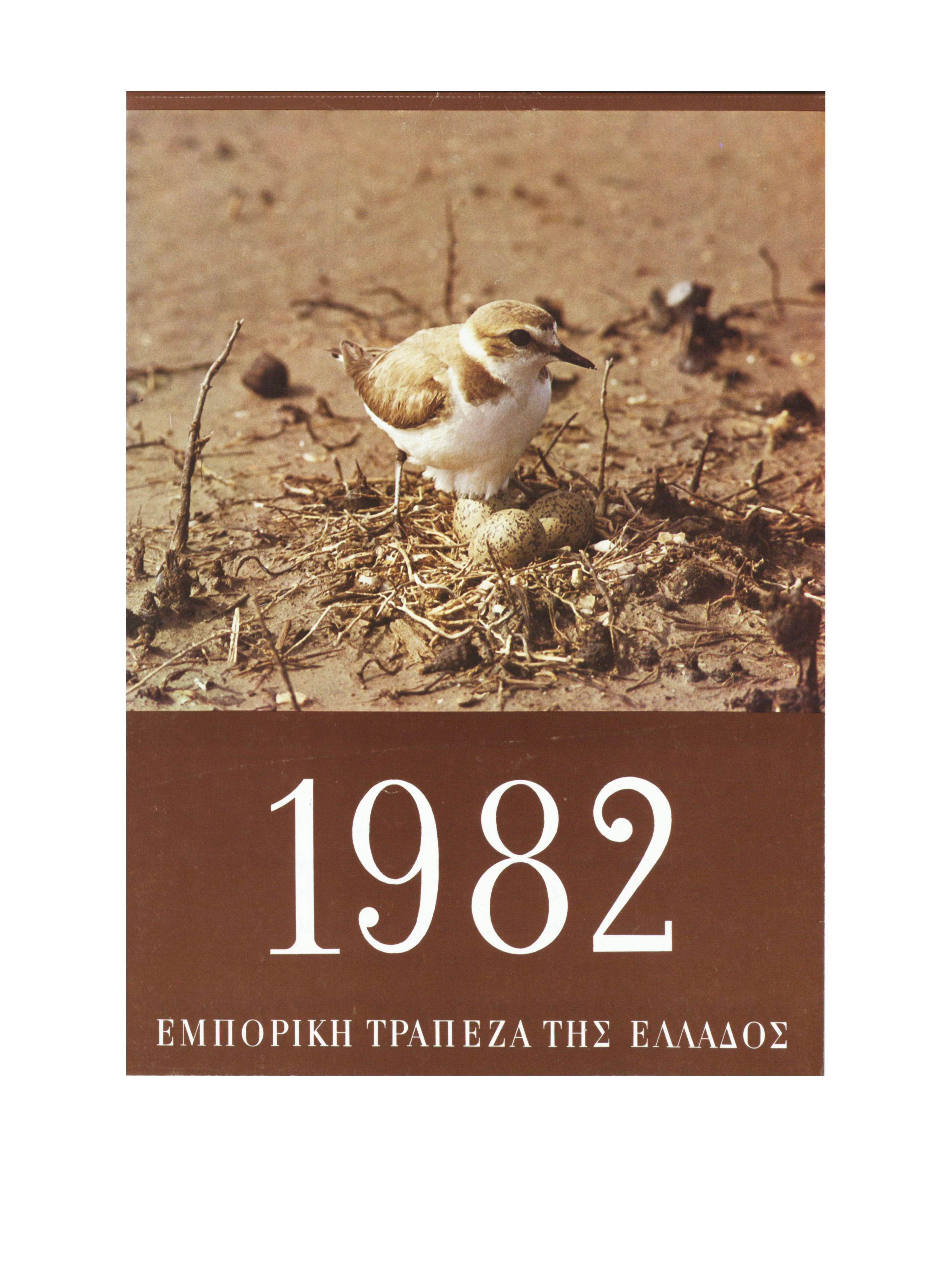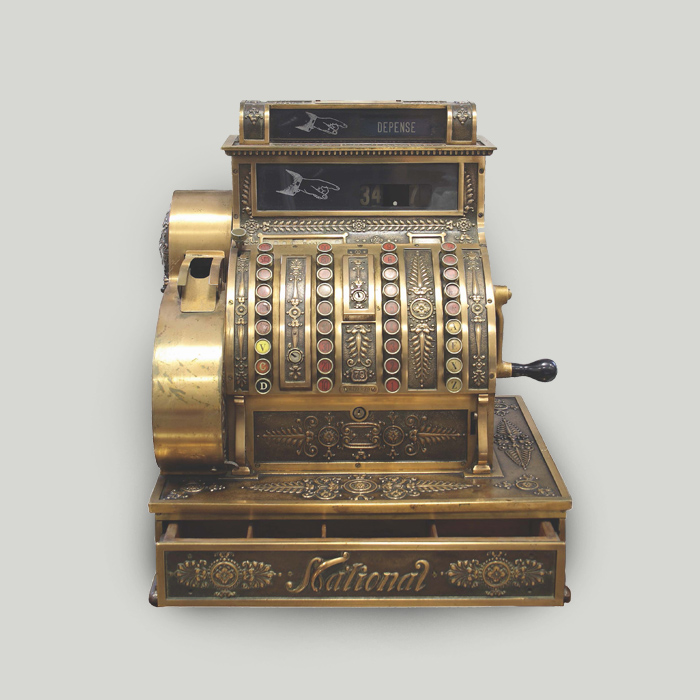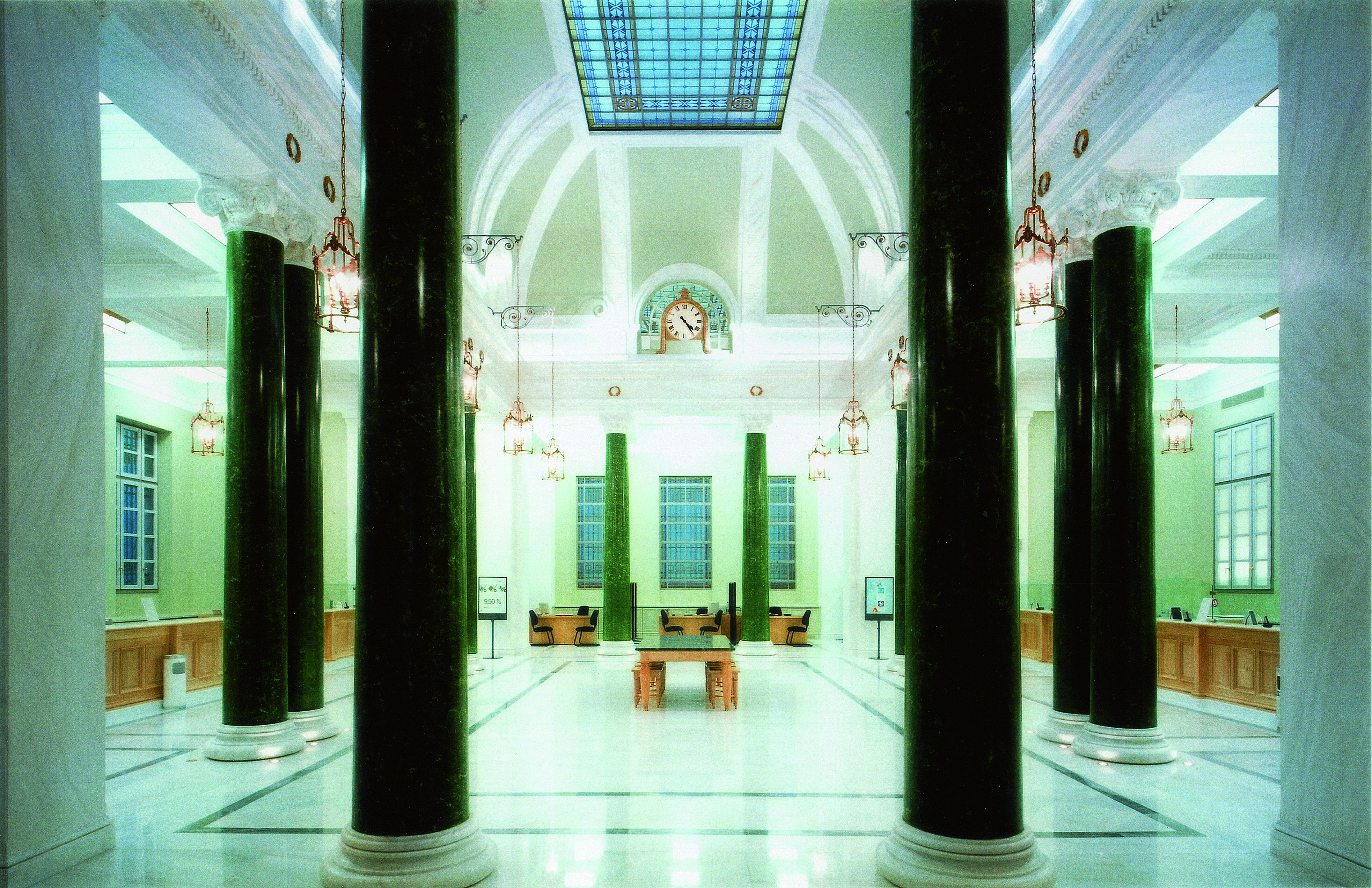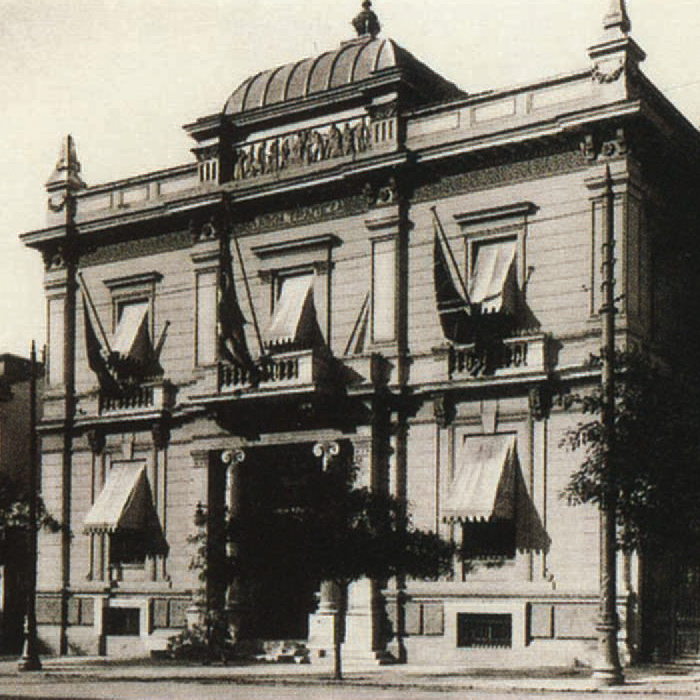Cultural contribution of Emporiki Bank
Emporiki Bank owed its association with the arts to its founder Grigorios Empedocles’ own passion for art. Art wall calendars were an important part of its publishing activity. They first appeared in 1957, and their long course ended in 1991. From 1971 onwards, Emporiki Bank had a dedicated publishing service and adopted a vigorous publishing programme.
Emporiki Bank wall calendars published in the years 1957-1991.
The artwork in the calendars includes paintings, scenes from ancient vases and frescoes, and images from the natural world.
An ongoing association with culture and the arts
Over its first years of operation, Emporiki Bank (Commercial Bank of Greece) developed an association with the arts thanks to its founder. Grigorios Empedocles was a collector of gold, silver and bronze coins and ancient vases.
After WWII, Emporiki Bank started its collection of paintings, bronze statuettes, ancient vases and coins.
Gradually, a collection was formed that included paintings by Greek and foreign artists. Some of the most significant works are by Greek folk painter Theophilos Chatzimichail. Another prized piece of the collection is a tapestry by Jean Lurçat, a celebrated French artist, tapestry designer and weaver.
In 1990 Early Cycladic idols and vases were added to the collection. These items have been consigned to the Museum of Cycladic Art.
The beginning of the bank’s publishing activity
Emporiki Bank would go on to produce significant publications, starting with the 1957 volume titled Greek Painters of the Nineteenth Century. The volume publication coincided with an important milestone for the bank, namely its 50th anniversary (1907-1957).
1971 marked the 150th anniversary since the 1821 Greek War of Independence. On the occasion of the celebration, Emporiki Bank decided to operate a dedicated publications section. This section started an ambitious publication programme aiming at showcasing Greek cultural developments in time.
The books and catalogues published by the bank from 1957 onwards combined impressive layout and illustrations with a sound academic approach. All publications were made available in at least 2 languages, i.e. Greek and English – sometimes French, too.
The main criterion for a subject to make the programme list was its contribution to covering a wide range of periods and aspects of culture and civilisation.
In this context, the bank published on Greek antiquity, Mediaeval and Byzantine art, and art in the years after the Greek War of Independence through to the present day.
Books dedicated to the work of acclaimed 20th century artists the likes of Photis Kontoglou and Yannis Moralis stand out.
Other aspects of the bank’s cultural work
In 1957, 45 musically inclined employees planned an initiative to start the Emporiki Bank Choir, to be directed by Thrasyvoulos Kavouras. From 1965 onwards, the choir had regular participation in international choir festivals.
In 1982 the establishment of the Research and Education Foundation was another token of Emporiki Bank’s contribution to the country’s cultural life.
The Foundation assumed the role of a research workshop on Greek history. It published a number of papers mainly focusing on Greece’s economic and social history. The Foundation also supervised the creation of the bank’s historical archives.
Another effort to build up the archives started in 2000. This effort was accompanied by a number of publications on the economic history of modern Greece.
Along with assembling the publication and art collections and creating the historical archives, Emporiki Bank also honoured the arts as an important sponsor. The bank mainly sponsored academic conferences, architectural interventions, as well as research and cultural activities.
The wall calendars
Wall calendars became an indispensable part of Emporiki Bank’s publications. Calendars came out every year from 1957 to 1991, in Greek and English.
The first art calendars only took up one page and featured freehand drawings, with a bank advertisement at the bottom of the page. From the late 1950s onwards, those were replaced by multi-page art calendars.
The international academic literature hailed the calendars as quality editions combining impressive visual material with academic prestige.
Forever highlighting culture
Calendar subjects were mainly inspired by significant discoveries made by the archaeological service as well as the new exhibits showcased in major Greek museums.
Inspiration was also drawn from forms and figures in Ancient Greek art, Byzantine and post-Byzantine frescoes and mosaics, modern Greek painting and folk art.
To create the publications, Emporiki Bank worked with highly acclaimed artists. Errikos Frantziskakis and Yannis Tsarouchis came first, followed by Yorgos Manousakis from the mid-1960s onwards.
The Alpha Bank Historical Archives are not open to the public.
Research visits can be organised upon request.
Contact us to request a visit
